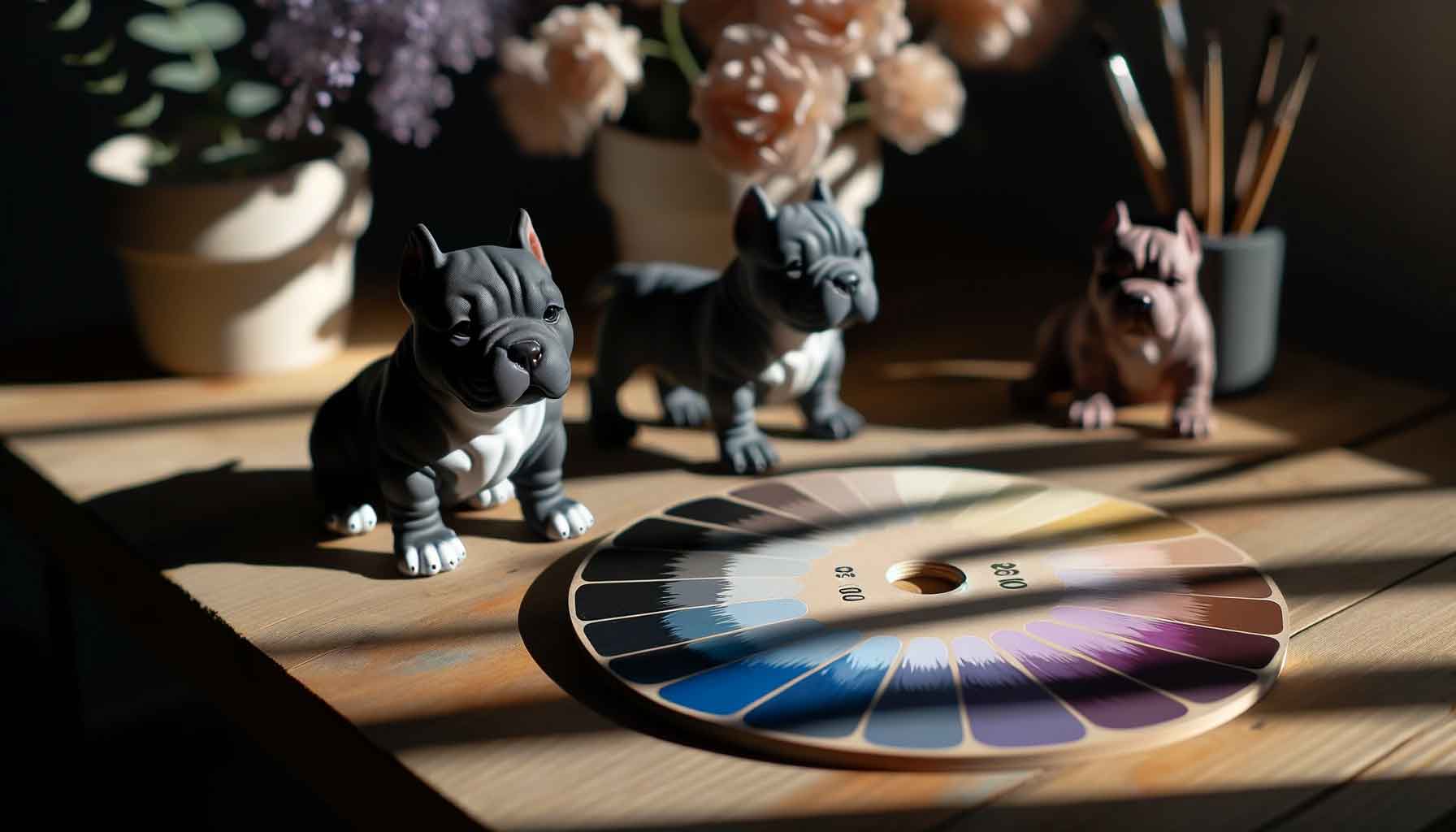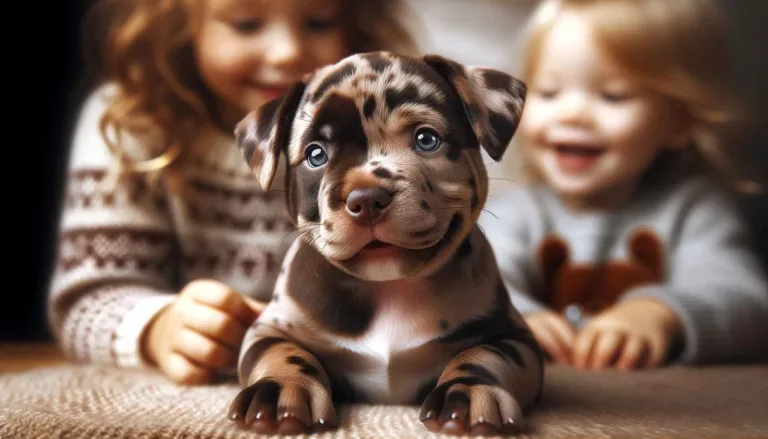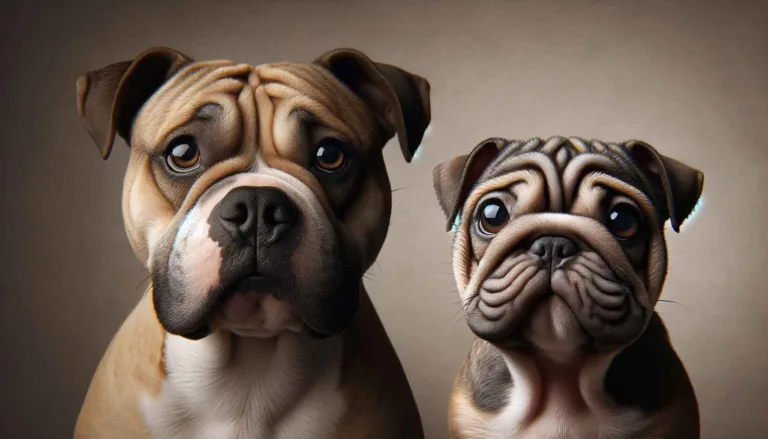Introduction
There are many people who may still not be familiar with a bully, and the main reason is that it is a fairly new dog breed. A micro bully is known for its similarities with an American bully; for some, it can be confusing to differentiate. The major difference is the compact size of the micro bully that separates it from the rest, but it still has the looks of the American bully. The coat and color of a dog normally dictate its breed, and these days, a lilac micro bully is one of the favorites for dog enthusiasts.
You will find a micro bully to be one of the most diverse canine breeds when it comes to colors. Expert breeders use different combinations to create something different for dog lovers. Micro bully comes in a good range of colors; you will also notice different markings on its coat. A micro bully lilac is quite rare, and it is basically a disorder caused by the diluting gene responsible for making the blue color. You will also notice the difference in its eyes and lips, and that’s what makes it great.
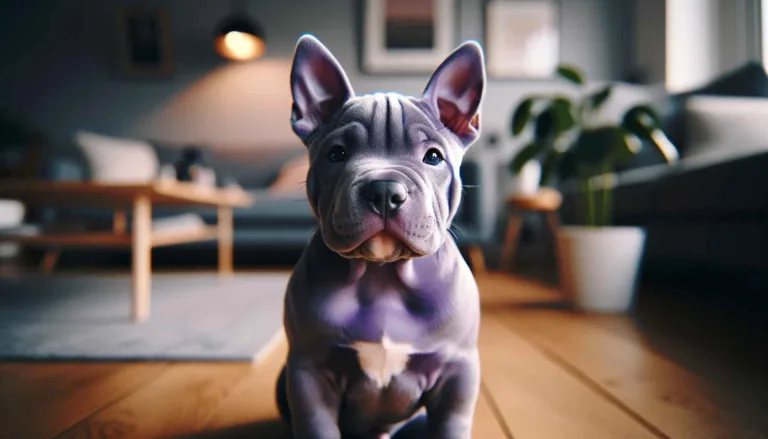
What are the Coat Colors of the Micro Bullies?
If you are planning to bring home a new furry member of the family, you must be surprised about the different breeds and the traits exhibited by their parents. Some puppies and dogs, like the micro bully, are specially bred to exhibit exotic or rare colors and patterns. Although all the colors are tempting and attractive, every owner wants the companion animal to be unique, so the American bully micro lilac is a rare colored dog that you will see.
You will find a micro bully in black, blue, brindle, fawn and lilac color. In order to get a rare-colored dog, the owners and the breeders have to ignore certain abnormalities and health issues related to the dog. Just like a merle dog, this is also an exotic color of a dog that may not come without any faults. If you want to determine whether your micro lilac bully is actually lilac or not, you can take genetic tests to know that.
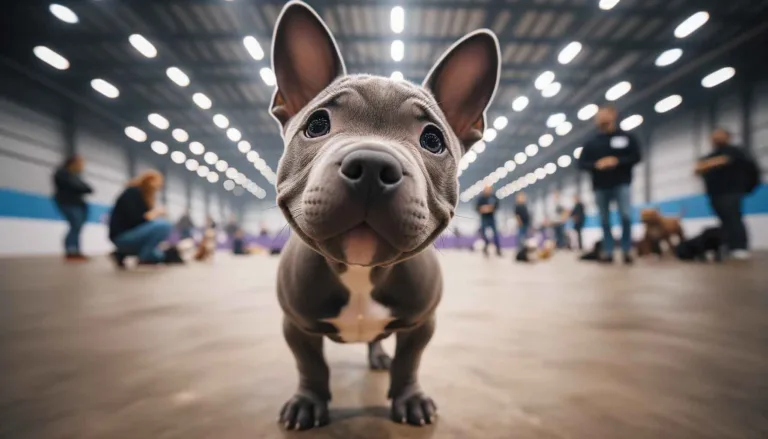
What are the Characteristics of a Lilac Micro Bully?
The main reason for a rare and exotic color in any dog is dilute coloration; normally, the gene variants are responsible for it. You can find numerous variants resulting in dilute colors, and often these are pale and light shades. When we have a look at the micro bully lilac, the coat normally has a blue or lilac coloring, and therefore, the dog gives a grey or silvery look. This particular color is inherited by the micro bully because of a recessive gene from the parents.
Temperament
Whether it is lilac or any other color, in general, the micro bully is a friendly and small dog that has a relaxed demeanor. Its temperament is like other American bullies, which means that it loves to play and be handled by the owner. This type of dog will always try to approach you, as it will hope to receive affection from your end.
Trainability
Your micro bully is a small breed, and therefore, it is always easy to train it. Yet, it is important for you to keep it busy. Because of the high lilac micro bully price, you need to determine your budget before buying one. Secondly, you have to understand its requirements. It would be better if you didn’t encourage them to participate in agility courses.
Life Expectancy
Micro bullies are notorious for having numerous health issues, and therefore, they are not able to live longer. The average lifespan of a lilac micro bully is around 12 years if it stays healthy. A micro bully is prone to allergies, hip dysplasia, cleft palate, and other ailments. Although the aesthetics make it an adorable dog, it doesn’t do lilac any favors related to health.
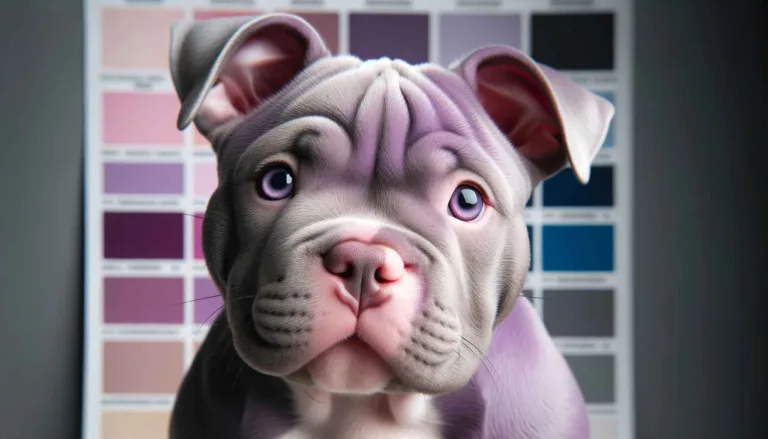
How to Identify a Lilac Micro Bully?
The coat of the American bully micro lilac is an eye-catching lilac shade. This is a disorder that a diluting gene causes, and it is the same gene that may cause the blue hair. According to some people, the actual color of the coat is pale greyish-brown. You will also notice delicate pink markings in its eyes as well as lips. The nose of this micro bully breed is usually greyish-brown or light pink in color. Pitbull is one of the micro bully’s ancestors, and its coat varies from lighter to darker. The light brown tone can be lilac.
There could be a number of factors affecting the color coat and patterns of the micro lilac bully. A dilute dog normally has a coat lighter than its parents, but if the dog has a deep red coat color, it can be darker than the parent, as the pigment may not be diluted. You will find the average lilac micro bully price between $2,000 to $5,000, but it all depends on the reputation of the breeder.
As micro bully is considered to be a designer dog, this is why you will find it at a high price. It is quite interesting to know that many dog enthusiasts are ready to pay hefty amounts for the rare colored micro bullies. Colors that can be found quite commonly in the micro bullies are the ones that have the lowest prices.
Final Thoughts
These days, it is possible to choose micro bullies in different colors and combinations. Lilac micro bully is among the most sought-after dogs, and that is why it is one of the most expensive ones out there in the market. When selecting a color for your micro bully, you need to consider all the factors that can affect the color of the coat. The coat color may not have any effect on the personality or temperament of your micro bully, so it doesn’t matter which color you choose; you will always have a loving and loyal companion.

